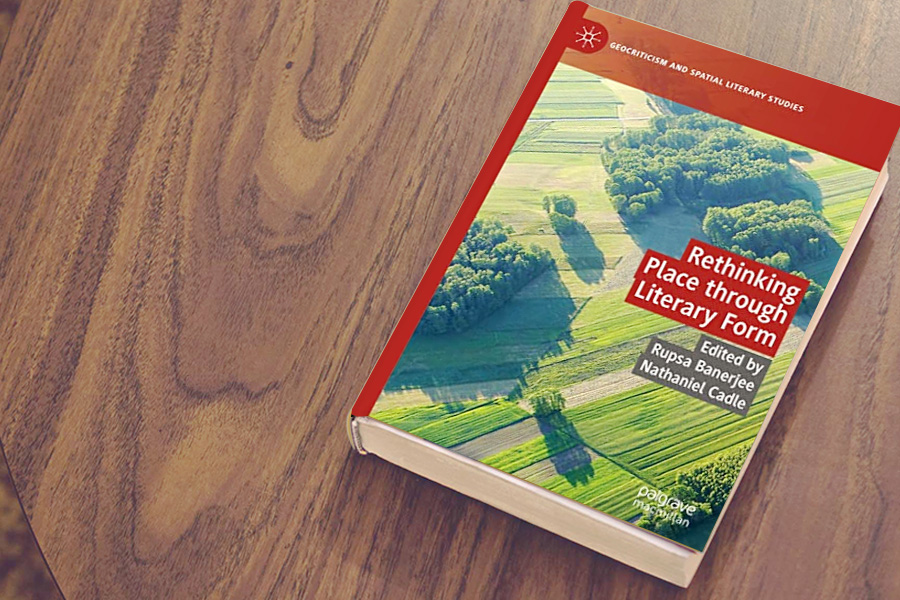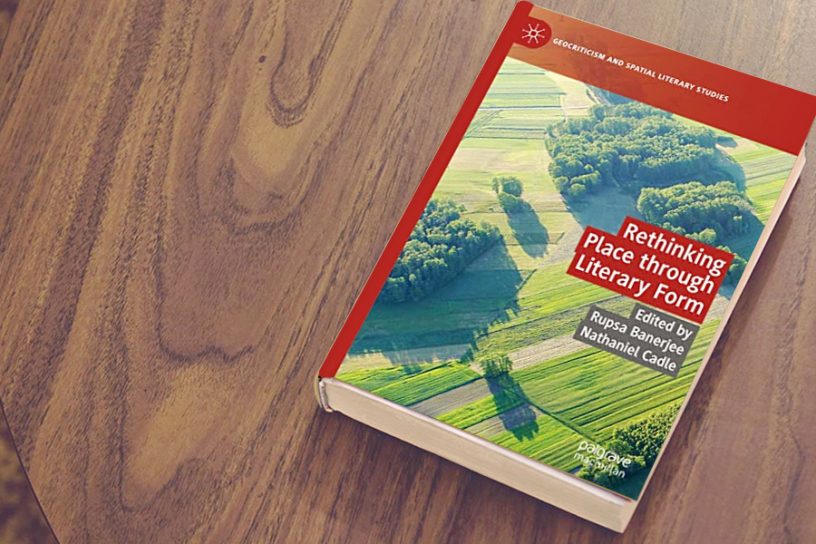
This essay examines the novel’s literary, class, and gender politics through an engagement with Sanyal’s problematization of both the patriarchal disciplining within a rural landlord household and the emerging middle-class bhadramahila discourse.
Author
Nandini Dhar, Associate Professor, Jindal School of Liberal Arts and Humanities, O.P. Jindal Global University, Sonipat, Haryana, India.
Summary
Most canonical studies of gender and nationalism in Bengal leave out of their purview the resistances Bengali middle-class women waged against the social constructions of the bhadramahila figure.
One middle-class woman writer who, in her quest for a liberatory politics, aligned herself with leftist-communist ideologies is Sulekha Sanyal. Sanyal published her novel, Nabankur (The Seedling’s Tale), a leftist female bildungsroman, when she was only 26.
This essay examines the novel’s literary, class, and gender politics through an engagement with Sanyal’s problematization of both the patriarchal disciplining within a rural landlord household and the emerging middle-class bhadramahila discourse.
Sanyal looks to the Communist Party and the peasant movement for affective places of belonging—ideological spaces from within which young women from middle-class and elite backgrounds could question genteel norms of gendered selfhood.
Operating within an ideology of vanguardism, as Sanyal’s female protagonist does, leads to a complicated reinforcement and naturalization of the middle-class norms of gendered gentility, yet one that contests both the literary prescriptions offered by the Party and those of a more mainstream Bengali literary public sphere.
Published in: Rupsa Banerjee and Nathaniel Cadle eds Rethinking Place through Literary Form, pp 29–55, Palgrave Macmillan,
To read the full book chapter, please click here.


